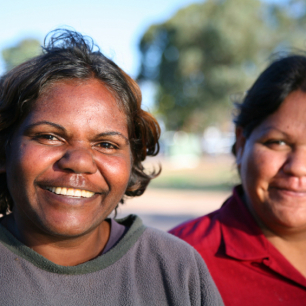
The Drug and Alcohol Service Planning Model for Australia is a planning tool that aims to assist health planners to meet the needs of people with alcohol and other drug problems. Initial work, completed with the National Indigenous Drug and Alcohol Committee (NIDAC) was completed on the Drug and Alcohol Service Planning Model Australia Indigenous modules in 2011-12, including the documentation of care packages specific to aboriginal AOD treatment. The current project involves continued work with NIDAC to deliver a useful and relevant tool for ATOD policy units, to facilitate improved purchasing of services for Aboriginal people through the identification of evidence-based components of care and the associated resource implications.
To develop a comprehensive, culturally appropriate and well-documented planning tool for Aboriginal treatment service planning.
Consultative process with NIDAC, literature reviews and analysis.
The project focussed on identifying the elements of ATOD care suitable for Aboriginal people, and the funding requirements to deliver that level of care. The mainstream care packages were reviewed and amended to ensure that they would be appropriate for Aboriginal people. Care elements identified for appropriate and evidence-based clinical care for Aboriginal clients included attention to kinship and family relationships; greater time and flexibility in providing immersion in cultural activities; the need for transport; greater time in counselling to address complex issues, needs and comorbidities; and return to country/community.
New calculations of the resource estimates then proceeded based on the adjusted care package elements. These additional costs vary depending on the care package, but on average the resource estimation conducted revealed a two to three fold increase in costs. The costs are greater because of the need to include additional elements such as better engagement with families, more intensive follow-up, and care components such as return to country/community. This evidence-based approach to ATOD treatment for Aboriginal clients maximises health outcomes.
Final report submitted to ACT Health 17 December 2014.
A planning tool that will assist governments to plan for appropriate aboriginal alcohol and other drug treatment services.



